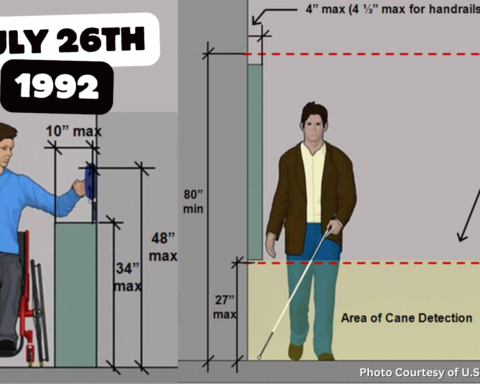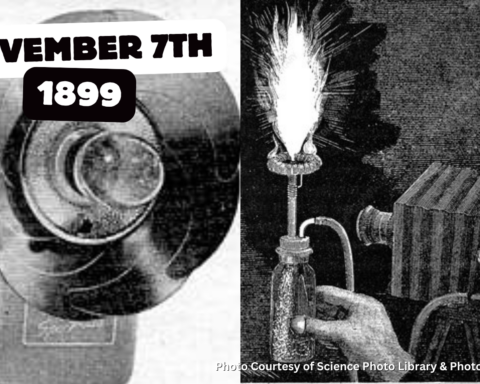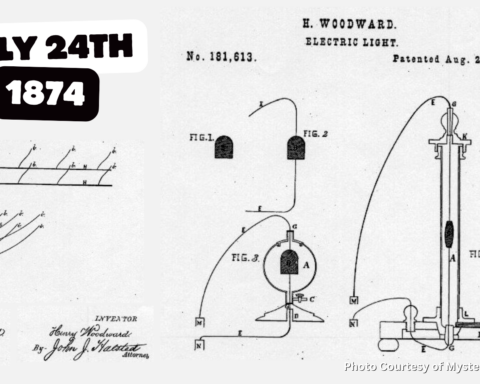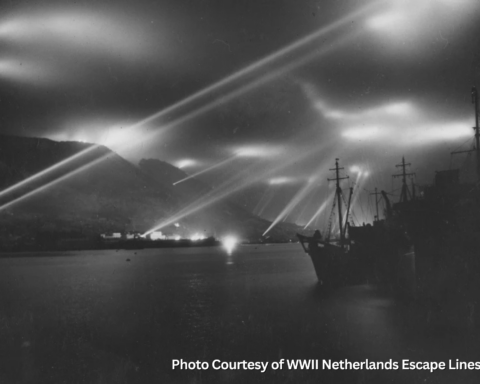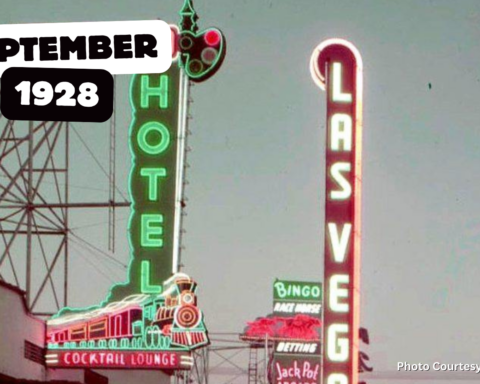Sports stadium lighting has come a long way over the years, from the humble beginnings of incandescent lighting to the complex LED systems we have today. The use of artificial light has been essential in providing an immersive and enjoyable experience for sports enthusiasts around the world, and the advancements made in technology have allowed for more efficient and effective lighting options—and given us night baseball!
Initially, sports games were only played in the daytime, usually on weekends, due to the limitation of natural lighting. But, as sports grew in popularity, the demand for more games increased. Consequently, athletic organizations had to look for ways to light up their stadiums for night games. The first artificial light used was the carbon arc lamp. This early type of lighting system had many drawbacks like flickering, noisiness, and unreliability.
However, in the early 1930s, the development of incandescent lighting revolutionized the industry. Art Ross, the former head coach of the Boston Bruins, pioneered stadium lighting using incandescent lights, in which an array of 1000-watt tungsten bulbs were connected to ropes and pulleys above the ice for NHL games. These systems illuminated the arena brighter than natural sunlight so the players could perform at their peak, even at night. By 1935, incandescent stadiums had become the norm and were playing host to all-night games.
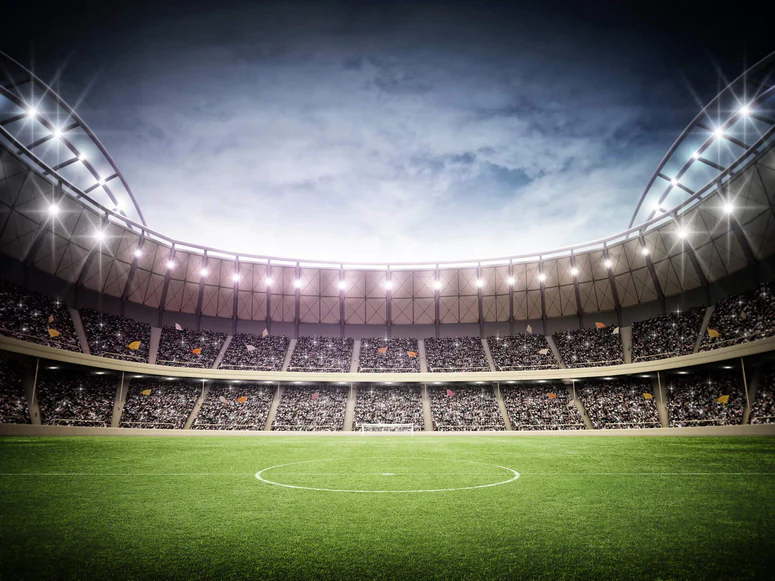
As technology continued to advance, the use of high-intensity discharge (HID) lighting was adopted, particularly metal halide lamps. The first high-intensity discharge lamps were primarily used in baseball stadiums during the 1960s.
HID lights were efficient, reliable, and produced far less heat, making them much cooler than incandescent systems. Furthermore, these lights offered excellent color rendering and reduced glare on the playing surface, improving the fans’ experience. However, the use of HID lamps had some disadvantages including frequent need to replace bulbs, slow warm-up times, and a longer cooling down periods.
LED lighting swooped in to solve many of the problems caused by HID lighting. LED technological advancements made these lighting fixtures cost-effective with a lower energy consumption rate, longevity, and an instant-on feature that didn’t require any warm-up or cool-down times. LED lighting is now the go-to for sports stadiums around the world, providing brighter and higher-quality lighting and improved color contrast.
From outdated incandescent lamps to modern LED retrofits, sports stadium lighting has truly transformed the way we consume sports.
Featured image courtesy of the MLB.


